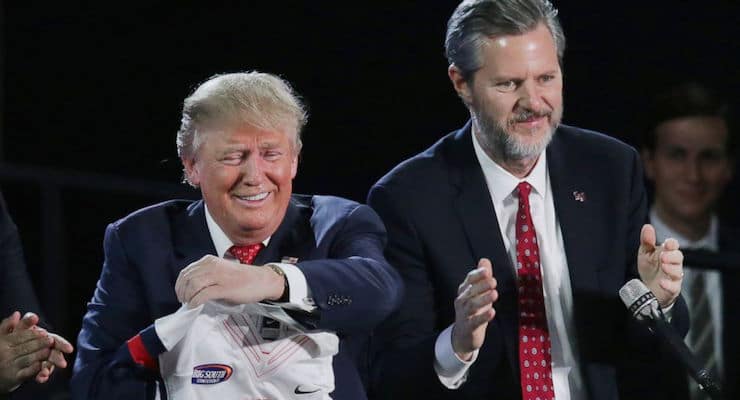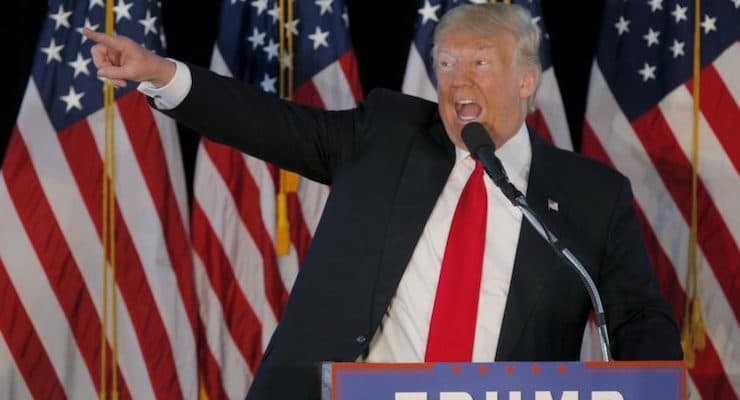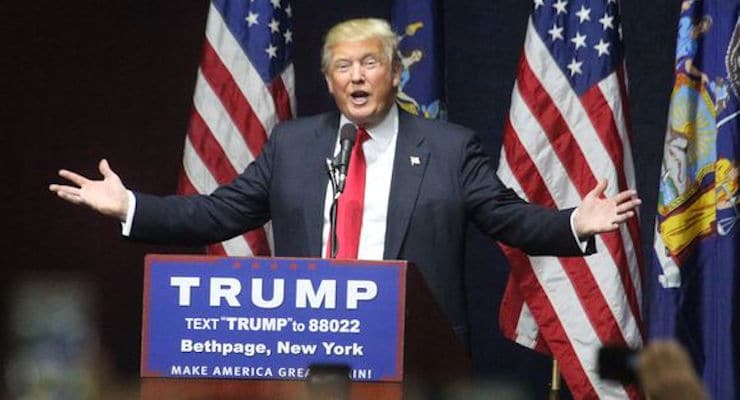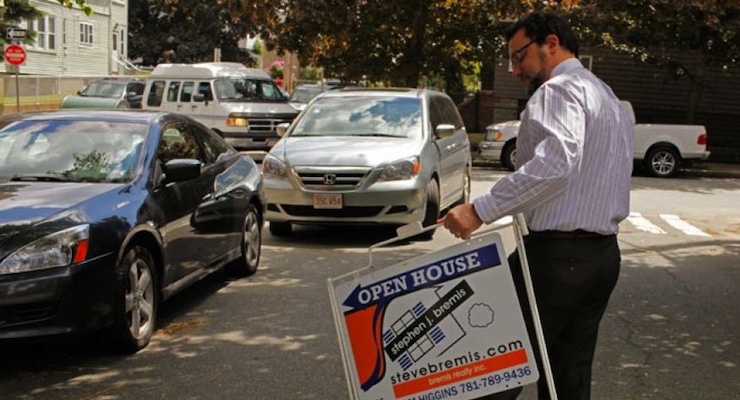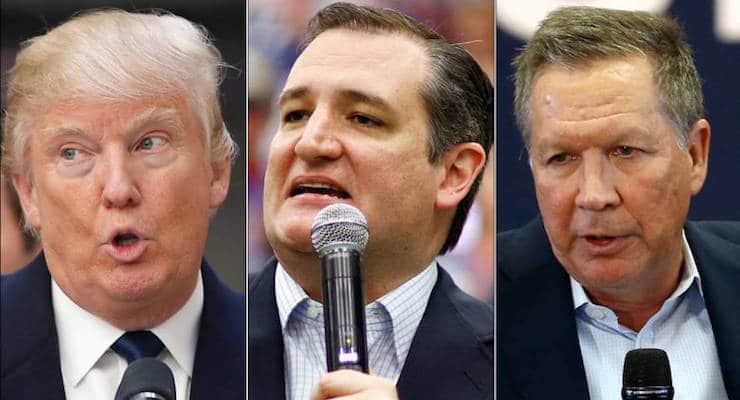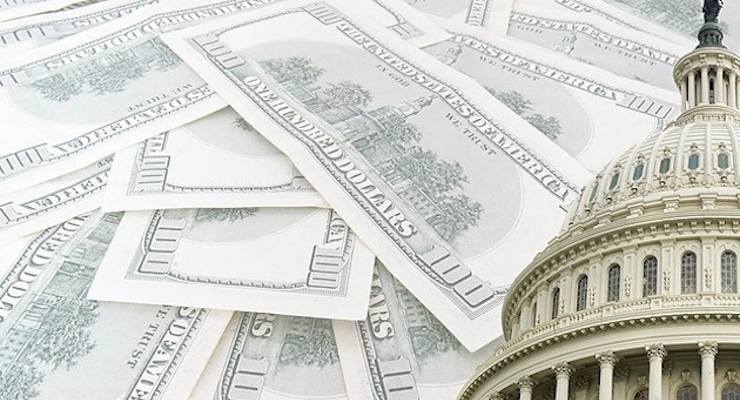Reversing Trump’s False Narratives
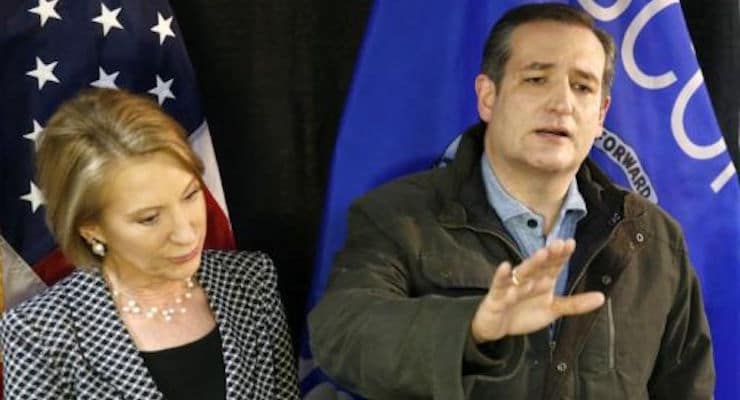
Republican presidential candidate Sen. Ted Cruz of Texas, right, is seen here on Monday, March 28, 2016, with former Republican candidate and Hewlitt-Packard CEO Carly Fiorina in Rothschild, Wisconsin. (Photo: AP)
Donald Trump is trying to establish the narrative that he’s already won the Republican presidential nomination. If that’s true, why is his team trying to reinvent him?
Trump had a big win in New York, and he’s likely to have another big day in other Northeastern states this week. But neither New York nor these other states are a surprise. The Ted Cruz team anticipated this and warned Cruz supporters that this would be a dry patch, adding that things will get better.
Trump understands that he’s getting shellacked in the delegate selection process in the states — which means he probably won’t be the nominee if he doesn’t reach 1,237 delegates before the convention.
Indeed, Trump hired Paul Manafort ostensibly to make Trump competitive with Cruz in the delegate selection process, but last weekend proved again that he just can’t win over the delegates. Now Manafort is pretending he was never worried about the process beyond the first ballot because he is confident Trump will win there.
But that’s odd because Team Trump has been noticeably worried about getting to 1,237 before Cleveland and also persuading delegates to vote for Trump should there be more than one ballot. So Trump devised a narrative that would help him in either scenario — that Cruz is stealing delegates and that he and the party bosses are disenfranchising voters. The plan has been to outrage voters in the remaining states and lead them to Trump. But the narrative is manifestly false because each state party controls its own process and, regardless of the system used, the people democratically elect the delegates. And in droves, they are choosing Cruz.
Though this strategy appears to have failed to help Trump win delegates beyond the first ballot, it does seem to be sticking and boosting his poll numbers in the remaining states.
But still, despite Manafort’s puffing, Team Trump is still very worried about his obstacles to reaching 1,237 before Cleveland, so it has been looking for another narrative to supplement the “Cruz and the party are collaborating” narrative. This new narrative is that the race is effectively over and Trump is the nominee.
A number of factors are coalescing in Trump’s favor to advance this narrative and thus dispirit Cruz supporters and voters in the remaining states. One factor is the bump Trump got from winning liberal New York decisively. Another factor is an apparent media conspiracy to push the narrative that Trump has already won, making the primaries and caucuses in the remaining states merely a formality. If you doubt this, notice how various media figures interviewing Trump have pivoted to asking him not how he will beat Cruz but what his strategy is for beating Hillary Clinton in the general election.
Admittedly, Trump does have momentum now and will for this week’s elections. But Cruz and John Kasich have apparently made a strategic pact that Kasich will effectively withdraw from Indiana and Cruz will withdraw from New Mexico and Oregon to prevent Trump from winning on the first ballot.
Unfortunately, this adds further fuel to Trump’s propaganda about the voters being disenfranchised and Cruz’s being tied to the establishment. To the contrary, it proves that Cruz and Kasich, not party bosses or the establishment, have reluctantly agreed to work together for the limited purpose of decreasing Trump’s chances of wrapping this up before the convention. Otherwise, they remain bitter rivals.
Though Trump would have you believe otherwise, he isn’t yet close to wrapping up the nomination. It will still be very difficult for Trump to win 1,237 delegates before Cleveland. So he’s doing everything he can to press these narratives about his inevitability and Cruz’s stealing votes. It’s perfectly shameless and exploitive, but politics ain’t beanbag.
Behind the facade, Team Trump is plenty worried, which is one reason it is desperate to reinvent Trump to assure people in the remaining states that he isn’t so volatile, unstable and unpresidential as he’s been during the campaign. This is why Manafort assured nervous Republicans in Florida that Trump really can be presidential and that he will begin a phase in which he acts like himself.
When Fox News’ Chris Wallace asked Manafort about his assurance to GOP honchos that Trump, essentially, has been playing a role for the campaign and that a more presidential Trump will soon emerge, Manafort pretended he had been talking about something else, but Wallace knew better, and so do we.
In fact, we’ve heard reports for some time that even Trump’s wife and other family members have tried to persuade Trump to be more presidential. Trump himself admitted this and said he just doesn’t want to act presidential yet.
Does anyone really believe that Trump hasn’t been showing his real self, with his name-calling and threatening people, throughout? Many of us have warned that Trump has never had a conversion from his known liberal inclinations. In fact, one reason Trump is having such difficulty in the delegate selection process is that many are having buyer’s remorse after their states’ elections as they’ve watched Trump operate.
So who is the real Trump? Is he the guy who can’t quit saying “Lyin’ Ted” and who constantly stirs things up by alleging corruption when there is none? Is he the liberal he has always been on most issues? Well, he showed that again this week when he moved left on a host of issues, from abortion to taxes to transgender bathrooms.
Trump is saying whatever he thinks he needs to say, changing his message wherever he deems it expedient to change it and turning up the heat on the alleged corruption of the process to rile people up enough to vote against Cruz in the remaining states.
Trump’s nomination is far from a foregone conclusion, but to prevent it, Cruz must effectively combat the false narratives that Trump is inevitable and that Cruz has stolen delegates. Cruz must also continue to expose Trump for who he really is and what he truly believes. Even on the issues that have driven voters to Trump — protecting our borders and bringing back jobs — Cruz is a better bet. Cruz must further convince voters that Trump is the most divisive political figure in recent memory, someone who has split the Republican Party and the conservative movement wide open and who couldn’t possibly beat Hillary Clinton. And Cruz must speak directly to the voters about his agenda and what he would specifically do if elected, a message sure to ignite millions.
[mybooktable book=”the-emmaus-code-finding-jesus-in-the-old-testament” display=”summary” buybutton_shadowbox=”true”]
Donald Trump is trying to establish the
